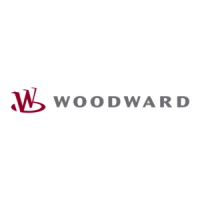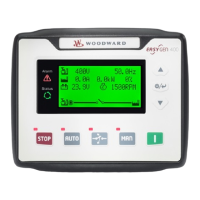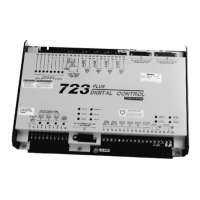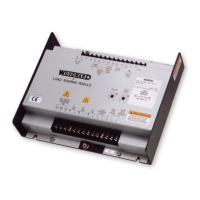L
lgibbsAug 4, 2025
How to troubleshoot a Woodward 8406-120 that does not power up?
- MMelissa MyersAug 4, 2025
If your Woodward Control Unit does not power up, first check the input power supply on terminals 1 and 2, ensuring it's between 9 to 32 Vdc. Also, verify that the polarity of the power supply to the unit is correct, as reversed polarity can prevent it from powering on.







